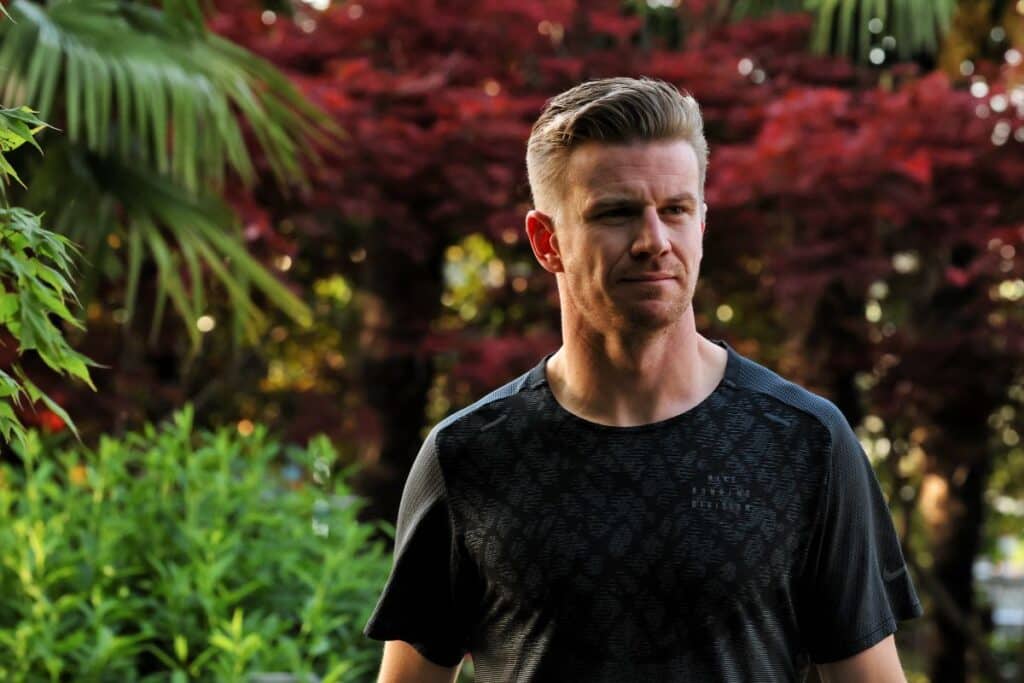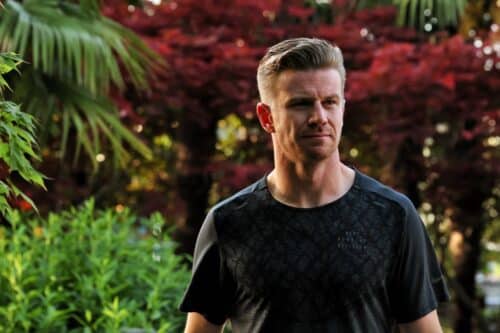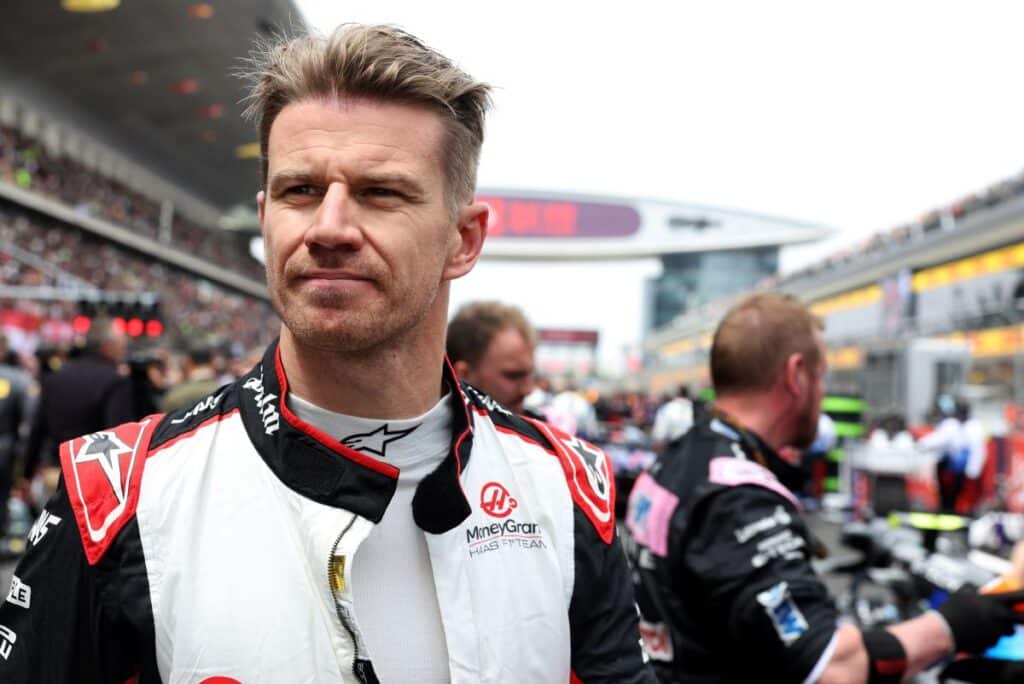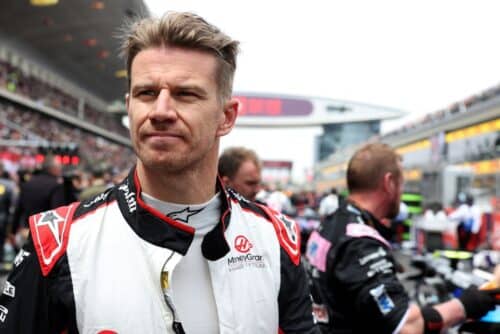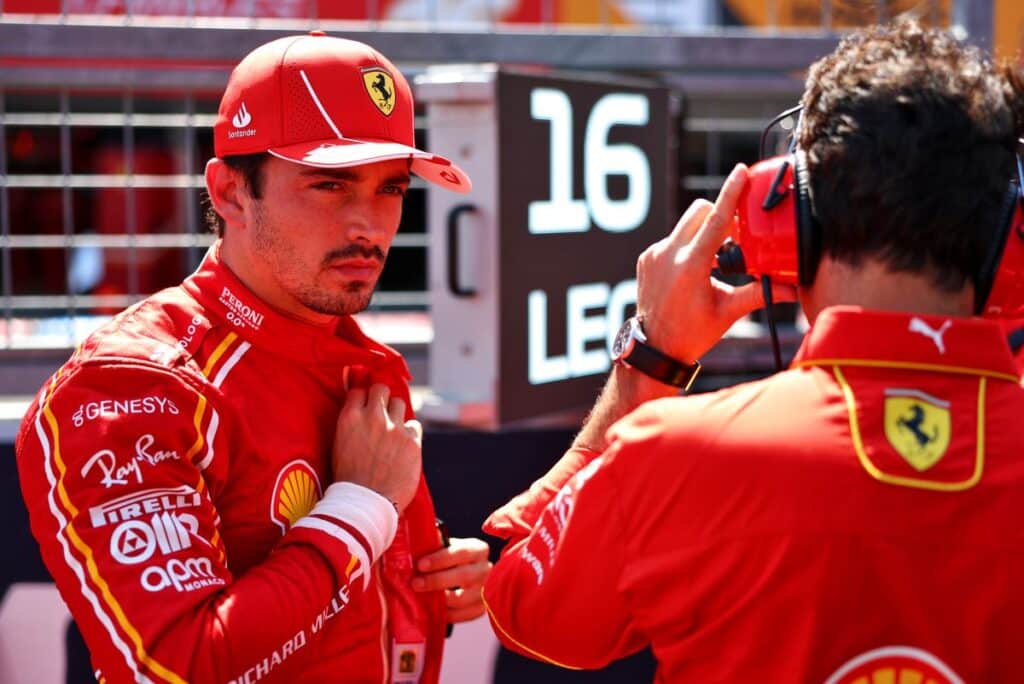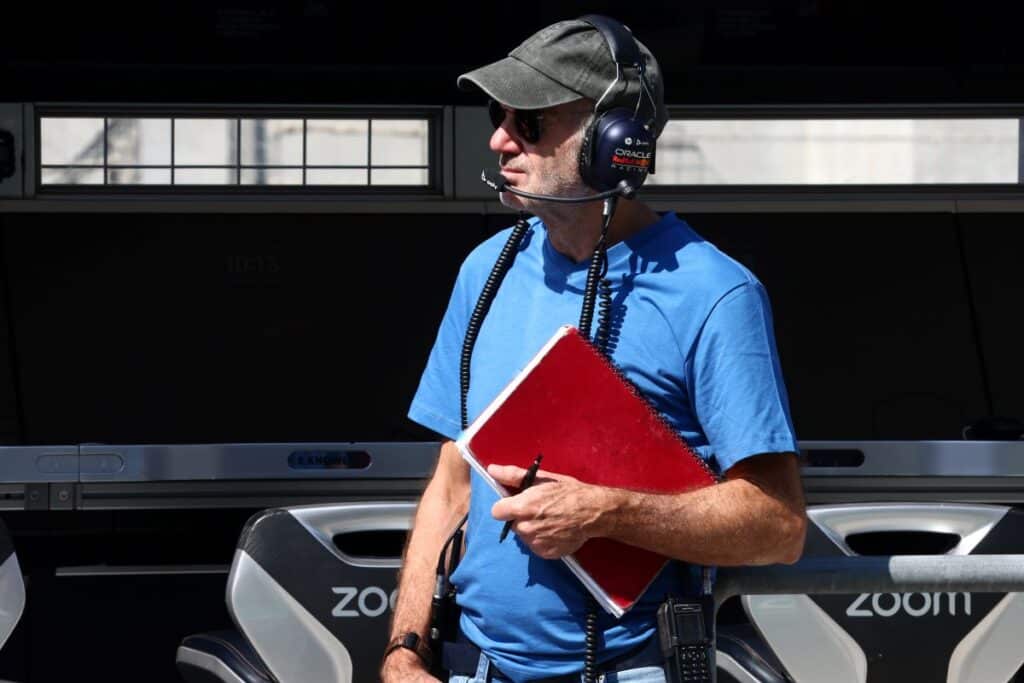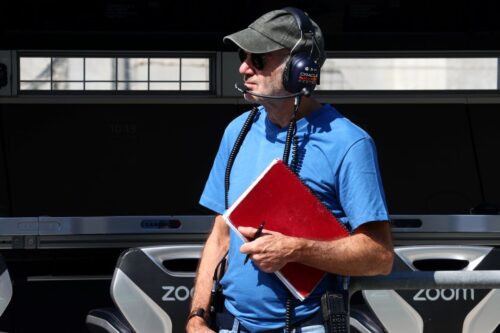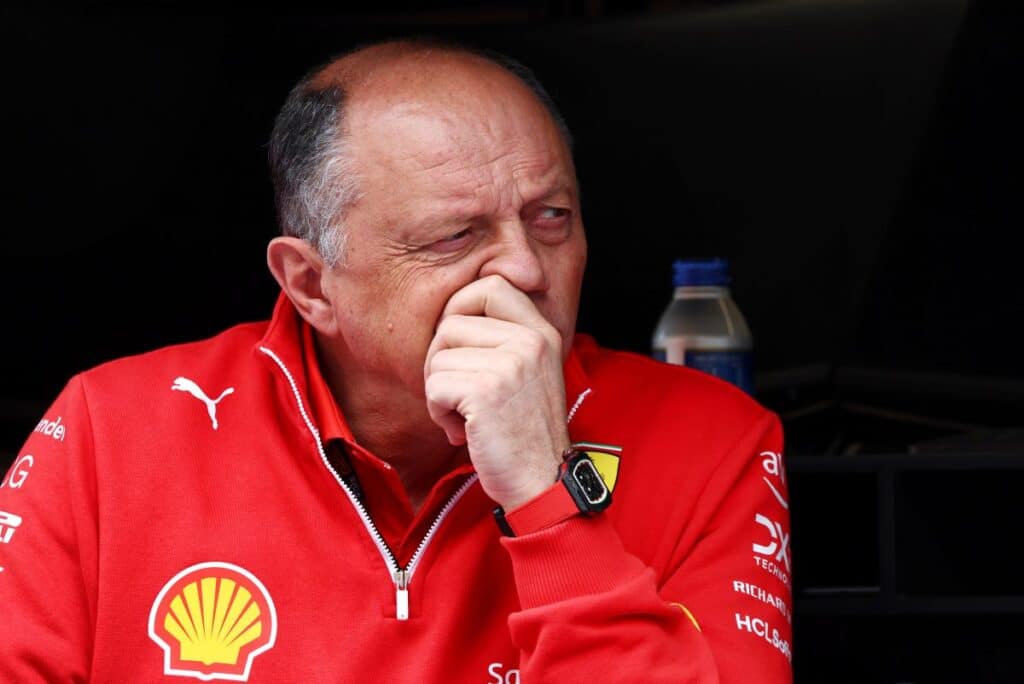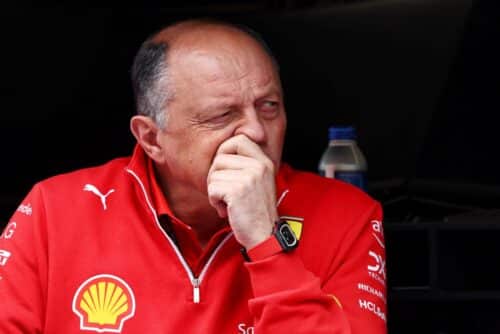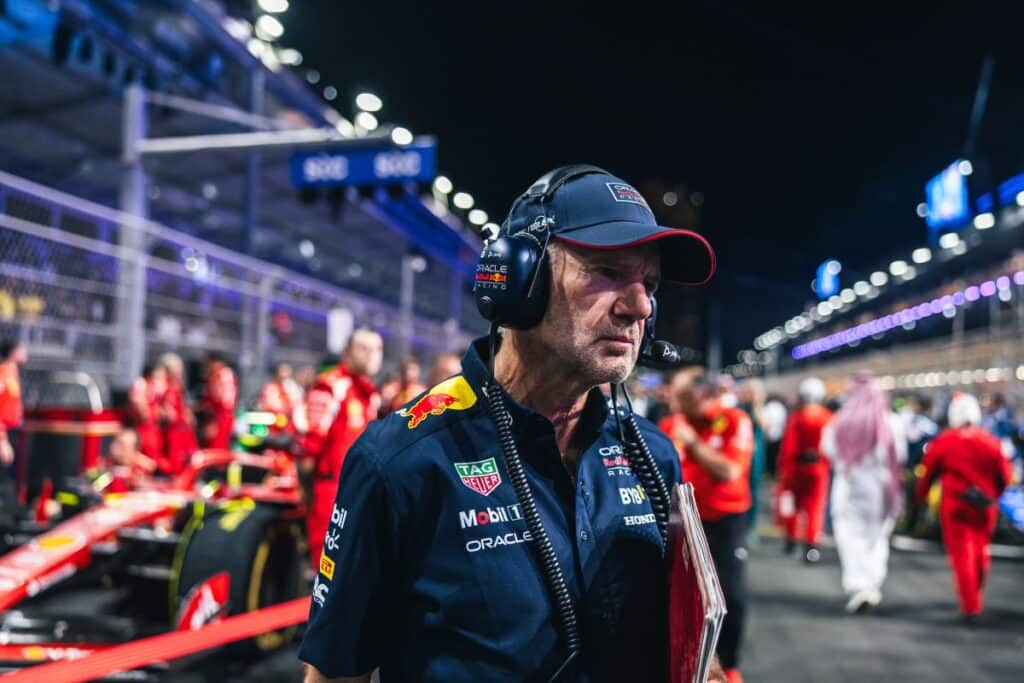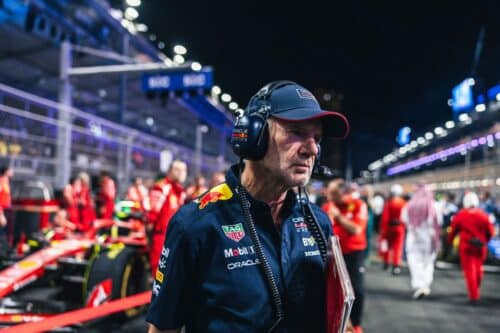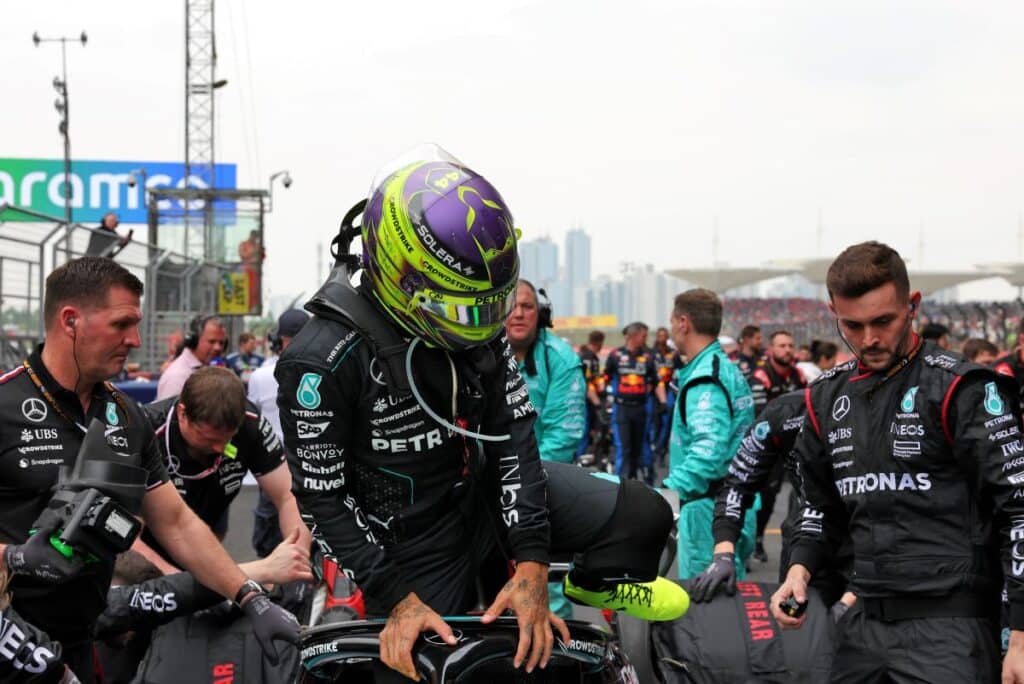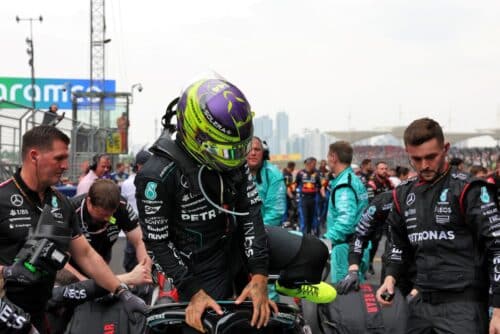Pirelli: “Montreal, one of the most demanding circuits for tyres”

Just like in Monaco, in Montreal – one of the most demanding circuits of the year for tires – Pirelli brings the PZero Yellow soft and PZero Red supersoft. Let's see why…
The circuit:
Unlike Monaco, the Canadian circuit is not an entirely road circuit because, in addition to the normal roads, on the artificial island in the center of the St. Lawrence River there is also a section of permanent track open only for racing. The overall length of the lap is 4,361 kilometres, which will be covered 70 times during the race, on a circuit characterized by extremely smooth asphalt, which offers variable levels of grip.
There are six important braking points (which make the track the most severe of the year in terms of braking), as well as three chicanes and four high-speed corners.
The twisty section in the center of the track features two chicanes, a double braking zone and some quick changes of direction – all in the space of less than 700 metres. These extreme stresses cause tire temperatures to increase by 20 degrees in just 15 seconds, with a maximum peak exceeding 110 degrees centigrade.
One of the most challenging points of the entire lap for the car, driver and tires is the long hairpin where the cars slow down from 230 km/h – from 290 to just 60 km/h – in less than three seconds in the space of just 130 metres. All these parameters contribute to producing a vertical pressure of 1.100 kilograms on the front tires. The entrance to this curve is one of the ideal points for overtaking.
The Montreal circuit is also known for its variable surface, evident more than ever in the pitlane. At that point, the track surface consists of a section of asphalt and a concrete section, each with a different friction coefficient, which obviously affects the amount of rubber that is deposited and therefore the grip.
The adaptability of the PZero compounds is designed to ensure consistent performance on a wide variety of surfaces.
The strategy:
Getting the race strategy right has become more important than ever with the latest generation of Formula One tyres. While strategy depends on numerous different factors, the main question for teams is at what point in the race they want to be fastest.
Opting for the fastest tire - which usually corresponds to the softest compound among those available - at the start of the race will allow the drivers to start quickly and build an initial advantage: but at the cost of being overtaken by the drivers who are on the fastest tires during the central and final stint of the race.
Conversely, drivers who start on the harder compound may be able to pass (or 'jump') their rivals at the first pitstop, to gain track position, but will be under much more pressure during the initial stages of the race, when their rivals will try to overtake them. make the most of their fastest tyres.
In the first round of pit stops, there is another crucial decision to make: should the driver switch to a different compound than the one he started the race with or repeat his first choice? Opting for a different choice creates greater flexibility in the strategy, given that the rules state that all compounds must be used at least once. If, however, you repeat the choice with which you started the race, then you will have to make a further stop.
Teams use complex computer programs to simulate their racing speeds using different strategies, but one thing these systems cannot predict is the strategy others will adopt and the possibility of being blocked by slower rivals, due to the nature of the circuit , or from external events, such as accidents and safety cars.
The teams carefully study the possibility of such eventualities (Canada, for example, has a 67% probability of the safety car coming out), which have a major impact on strategy. The weather is also an important factor, as the arrival of rain often ruins most plans.
Ease of overtaking on track is an integral part of the strategy and, unlike Monaco, Canada offers numerous overtaking opportunities, meaning teams can afford to use more adventurous strategies if it suits them, unlike Monaco, where the lack of favorable overtaking points has led to more conservative strategies.
Finally, the key ingredient of any strategy is flexibility. Teams with the most reactive strategists often perform best, as they are able to respond to unexpected events and opponent moves in real time. With the new range of Pirelli PZero tires adding another exciting variable to racing this year, reaction speed is more vital than ever.
if you want to always be updated on our news
Follow us here


